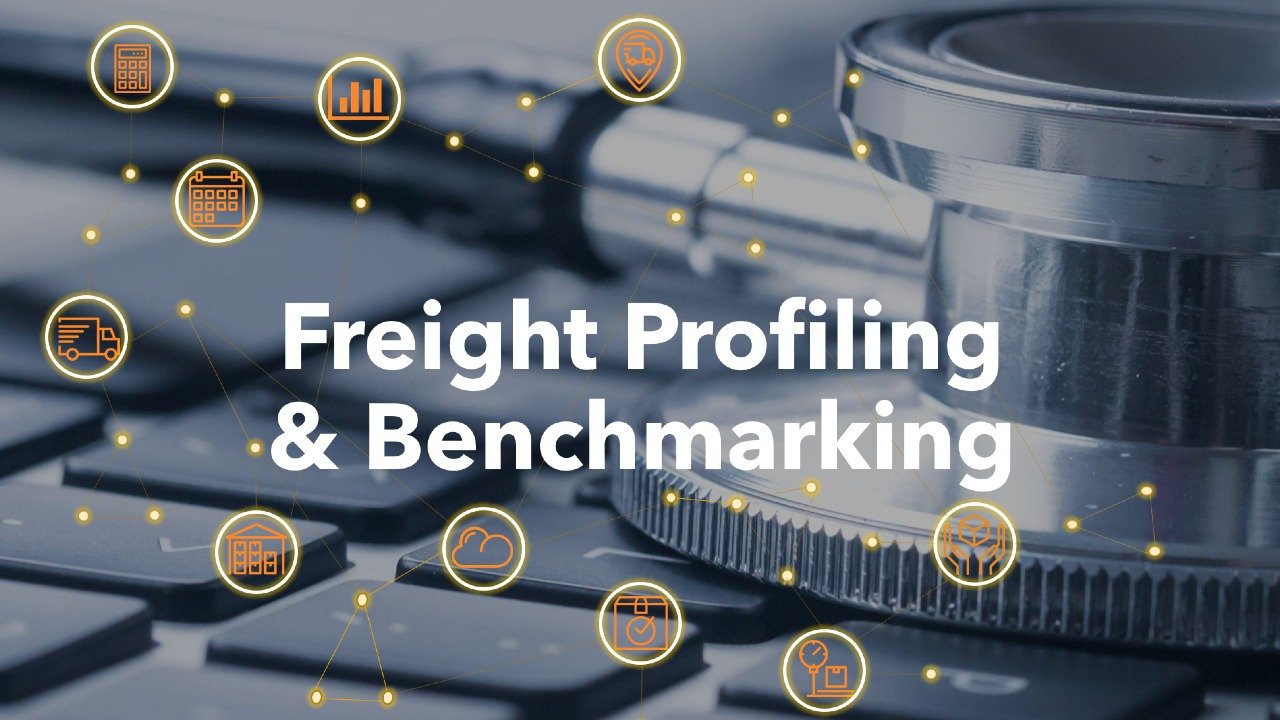And how can you use them to optimise your freight management?
Freight Profile
At Freight Controller we often talk about freight profiling a new distribution company that we have started working with. Freight profiling is a key step to managing your freight. So, what do we mean by freight profiling?
As the term suggests we are talking about what your freight activity, type, and cubic volume looks like. Just like getting a psychological profile, (i.e. personality traits), obtaining a freight profile helps you better understand your business and takes the guesstimate out of your processes to provide a truer picture of what you are doing with your freight.
Of course, your business is dynamic, not static. So, it is good to assess your business on a regular basis. At each time you get a picture of your current freight profile, it is like a snapshot of a moment in time.
Just like personalities slowly evolve over time, businesses’ profiles can change over time as well. A person might become slightly more extrovert, for example, because their environment, i.e. their job in sales, might push them to meet more people and grow in comfort and confidence in speaking with people.
A company can evolve slowly with the mix of customers and/or products changing over time. Sometimes they can change abruptly too though; usually because of some outside, unexpected force.
Freight profiling a distribution company includes:
- Quantity, how many consignments/orders they ship each week
- How many items on average per consignment?
- What type of receivers receive the cargo i.e. business to consumer or business to business?
- What carrier zones or post codes do they ship to; which are the predominant locations
- Weight & Dimensions; bulk vs. small; dead weight vs. cubic i.e. average density
- Packaging: satchels through to pallets; full containers and full or part truck loads
- Awkward; messy; over-dimensional; fragile; expensive products vs. inexpensive; refrigerated vs. non-perishables; urgent, JIT vs. General service; DG’s; Food Grade; Medical
- Seasonal peaks & troughs as per freight industry (e.g. Christmas) and / or shipper’s industry (e.g. skiing equipment); along with customer make up
Any one of these categories above can change for an organisation over time. For example,
- If more refrigerated products are added to a range
- Cubic products are added, that need skids or pallets, not cartons
- If they add on new customers in a new locations
- A new e-commerce site for B2C shopping is implemented, opening them up to the consumer market
These types of changes, that may suddenly or gradually appear, will change a company’s freight profile over time. With that change will come new processes in the warehouse; the need to add a new service and /or carrier to their distribution process; the need to adjust freight recovery guidelines and a host of other possibilities.
So, what can you do with your freight profile? Well, obviously as implied above, you can use it to adjust your strategies. When you notice a change, you adapt what you are doing as part of a continuous improvement methodology. The quicker you can register the change, the quicker you can ‘turn the ship’ to alter course to ensure your business stays efficient and cost effective.
Business Intelligence
The best way to stay on top of your freight profile, is to continually measure your freight type, activity, costing, carriers. The best way to do that, is to implement a Business Intelligence system for your business.
A Business Intelligence system that caters for your warehouse and freight departments, can provide real time or near real time, accurate, granular data that you can interact with via a dashboard to drill down on the data like a detective with a magnifying glass to notice, verify and monitor the changes to your freight profile. So, you have a true picture of your freight profile and you can easily take that snapshot, via a downloaded or automated report, when and as required.
Freight Benchmarking
A freight profile is often used by freight consultancies or 4th party logistics companies to assist with benchmarking a company against both industry and logistical standards. What that means, is comparing the freight profile against similar freight profiles. That can be industry related or more related to the logistics applied; sometimes non-related industries share enough logistical commonalities to have a similar profile.
Armed with the knowledge of what similar freight profiles can command with regard to freight rates and carrier service or freight operational mode is concerned, a consultancy can advise a customer on the strengths and weaknesses of their freight profile; advise on improvements in service and packaging and rates & contracts; and source better matching carriers.
It’s all part of a full freight auditing service.
Conclusion
Having a strong grasp of your current freight profile is vitally important to ensure that you align your distribution strategy to your needs as closely as possible. Staying on top of that freight profile as it inevitably changes due to internal and external forces is equally important.
Regular freight profiling ensures you are aware of any changes occurring in your disribution patterns, which enables you to quickly pivot to keep your operations running smoothly.
Upon analysing your freight profile, if you need to make a change to your carrier distribution network then the profile forms the basis of ascertaining your strengths and weaknesses against comparable freight profiles of other shipping organisations; via benchmarking.
If you want assistance with freight profiling and / or benchmarking for your business, then please get in touch with our consultants, they will be happy to help.

